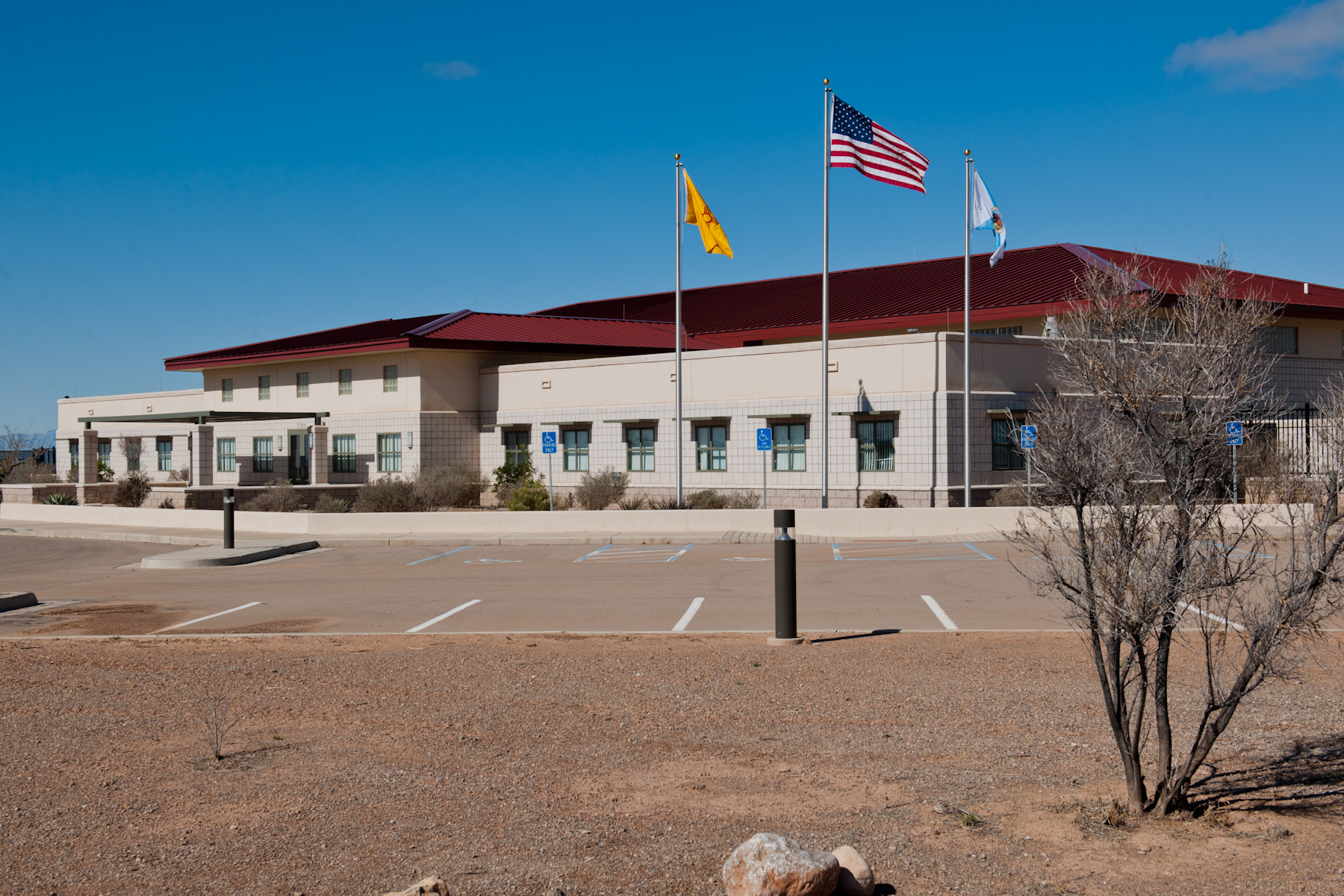The United States government has announced a $12.6 million investment to support the Brackish Groundwater National Desalination Research Facility (BGNDRF) in Alamogordo, New Mexico. The funding is part of the Biden-Harris administration’s effort to enhance the resilience of the West to drought and climate change.
(BGNDRF) in Alamogordo, New Mexico. The funding is part of the Biden-Harris administration’s effort to enhance the resilience of the West to drought and climate change.
The BGNDRF is a state-of-the-art facility owned and operated by the Bureau of Reclamation. It is used by government agencies, universities, and private sector companies for desalination research studies, pilot-scale projects and small demonstration projects. The facility uniquely focuses on the desalination of brackish groundwater, renewable energy integration, development of systems for rural and Tribal communities, concentrate management, and treating water produced from oil and gas production.
PFAS Contamination.
The investment will be used to construct an advanced water treatment facility and associated infrastructure at the BGNDRF in response to PFAS contamination. PFAS contamination was initially discovered in an evaporation pond at the facility in 2017 and two wells in 2019, hindering the facility’s ability to safely treat water. The new building will be designed to treat up to two wells at a time with possible future connections to the remaining wells at the facility. This will allow for full utilization of BGNDRF by restoring access to all brackish wells and reducing the operational load on the other two wells.
PFAS (Per- and polyfluoroalkyl substances) contamination refers to the presence of a group of man-made chemicals that have been widely used in various industrial and consumer products since the 1940s. PFAS are a large family of synthetic compounds characterized by their strong carbon-fluorine bonds, which make them highly resistant to degradation and give them unique properties such as being water- and oil-repellent.
PFAS contamination can occur in various environmental media, including soil, air, surface water, and groundwater. The persistence and mobility of PFAS in the environment, coupled with their widespread use, have led to the detection of these chemicals in numerous locations globally, including remote areas.
Exposure to PFAS has been linked to several adverse health effects in humans, including immune system effects, increased cholesterol levels, developmental issues in children, and increased risk of certain cancers. As a result, there is growing concern about PFAS contamination in drinking water and its potential impact on human health and the environment.
Efforts are underway to better understand the extent of PFAS contamination, regulate the use and disposal of these chemicals, and develop effective methods for treating and remediating contaminated sites.
The BGNDRF is the only major research facility in the United States dedicated solely to the desalination of brackish and impaired groundwaters. This investment in desalination, water treatment and reuse is critical as the government works to safeguard community water supplies and expand access to clean, reliable drinking water for families, farmers, and Tribes.
Brackish Groundwater.
Brackish groundwater is a type of water found underground that has a higher salinity (dissolved salt content) than fresh water but lower than seawater. It is typically a mix of fresh water and saltwater, resulting from the infiltration of surface water into the ground or the mixing of fresh and saltwater aquifers. The salinity of brackish groundwater can vary widely, depending on the geology and hydrological conditions of the area.
Brackish groundwater can be found in coastal regions, where freshwater aquifers come into contact with saltwater intrusion, as well as in inland areas where the geology allows for the accumulation of salts in the subsurface. In some cases, brackish groundwater can be used as a water source, but it usually requires desalination or other treatment processes to make it suitable for human consumption, irrigation, or other uses.
One-of-a-Kind Facility.
The BGNDRF is the only major research facility in the United States dedicated solely to the desalination of brackish and impaired groundwaters. This investment in desalination, water treatment and reuse is critical as the government works to safeguard community water supplies and expand access to clean, reliable drinking water for families, farmers, and Tribes.
The Investing in America agenda is delivering historic resources to communities to help advance drought resilience and strengthen local economies. The Bipartisan Infrastructure Law allocates $8.3 billion for Reclamation water infrastructure projects over five years to advance drought resilience and expand access to clean water for families, farmers, and wildlife. The investment will revitalize water delivery systems, advance water purification and reuse techniques, expand water storage capacities and complete rural water projects.
Image:
Brackish Groundwater National Desalination Research Facility in Alamogordo, New Mexico , by the Bureau of Reclamation.
, by the Bureau of Reclamation.


Leave a Reply